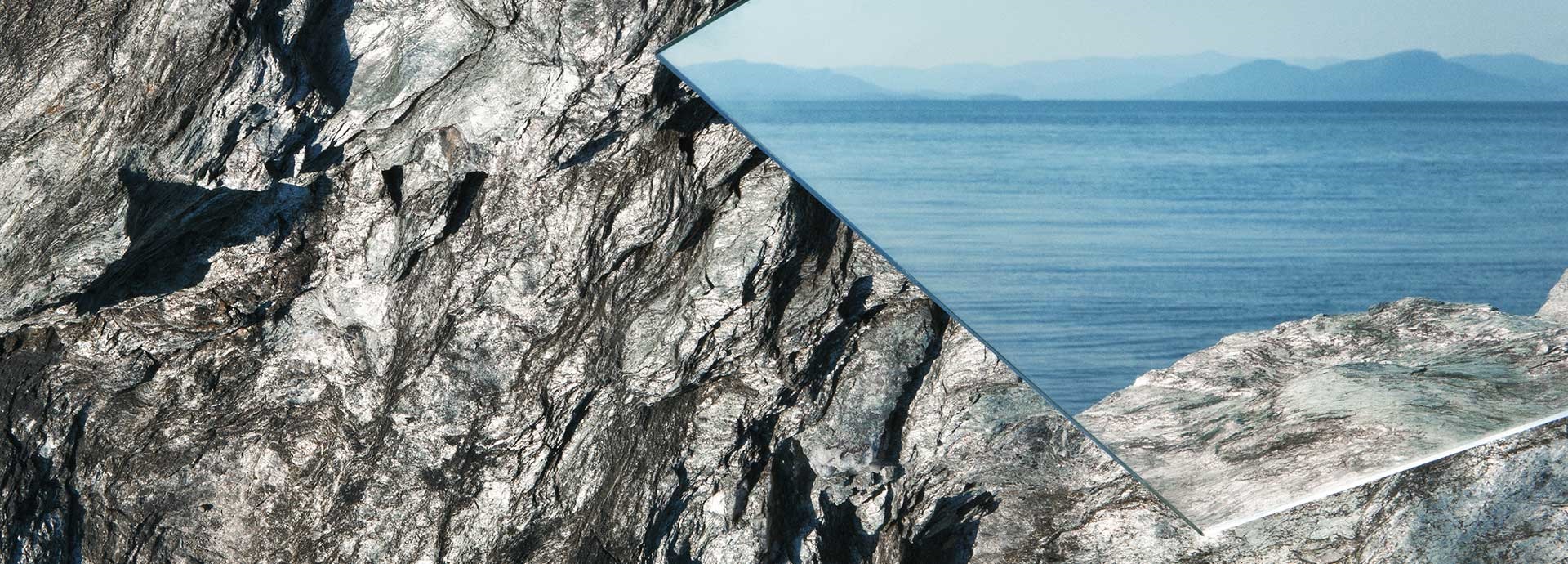

5803 results
The Norwegian highly-sophisticated research vessel, the G.O. SARS, was delivered on 25 April 2004 from the shipyard Flekkefjord Slipp AS to the Institute of Marine Research. The hull was built in Poland at NAUTA shipyard.
The multi-purpose research vessel CELTIC EXPLORER was designed by SKIPSTEKNISK AS and delivered in December 2002 by Damen Shipyards Gorinchem for the Irish Marine Institute.
A vessel that carries out control duties in the fishery zone outside coastal waters.
Fish is vacuum-pumped from the refrigerated sea water tanks (capacity 475m3), where temperature is kept between 2°C and -6°C, to the factory room which is equipped with machines for heading, gutting, skinning and filleting.
Synthetic fuel derived from coal, natural gas or biomass.
Usually a fibre line put ashore first to help in hauling the ship into berth.
The licensed member of the deck department in charge of the four to eight watch. The Chief Mate is directly responsible for all deck operations: cargo storage and handling, deck maintenance and deck supplies.
The licensed member of the engine department in charge of the four to eight watch. He usually works from eight to four handling engine maintenance.
There are four principal types of portable extinguishers usually found on board a ship. They are soda-acid, foam, dry powder and CO2 extinguishers.
The ship is provided with an addressable fire detection system. Apart from a detail display function on the main unit, the fire is also displayed in mimic format on the SMCS.
The fire-fighting systems onboard include: A CO2 extinguishing plant for the cargo holds and engine room, a locally operated CO2 bottle for the separator room, a fog hotspot fire-fighting system.
A wire rigged to the waterline over the off-berth side of a ship to facilite towing away in emergency. Fire wires enable tugs to pull the ship away from the pier without the assistance of any crew in case of a serious fire or explosion.
A wall designed and constructed to remain structurally intact under the effects of fire and insulated so that the temperature on the unexposed side will remain below a specified temperature for a determined amount of time, (ABS).
The International Code for Application of Fire Test Procedures as adopted by the Maritime Safety Committee of the IMO, by resolution MSC.61(67).
Protective clothing of a fireman. The Flamequard Mk2 firesuit consists of jacket, trousers, gloves, helmet with visor and neckprotector.
The International Code for Fire Safety Systems as adopted by the Maritime Safety Committee of the IMO by resolution MSC.98(73).
Usually centrifugal pumps with flat or very shallow head/capacity curves.
An inspection through the vessel carried out by a crewmember on the watch at certain intervals so that an outbreak of fire may be promptly detected; mandatory in vessels carrying more than 36 passengers.
Fixed foam/powder/water cannon shooting fire-extinguishing agents on the tank deck, manifold etc.
A sea water supply system for fire hydrants. It consists of sea inlets, suction piping, fire pumps and a distributed piping system supplying fire hydrants, hoses and nozzles located throughout the vessel.